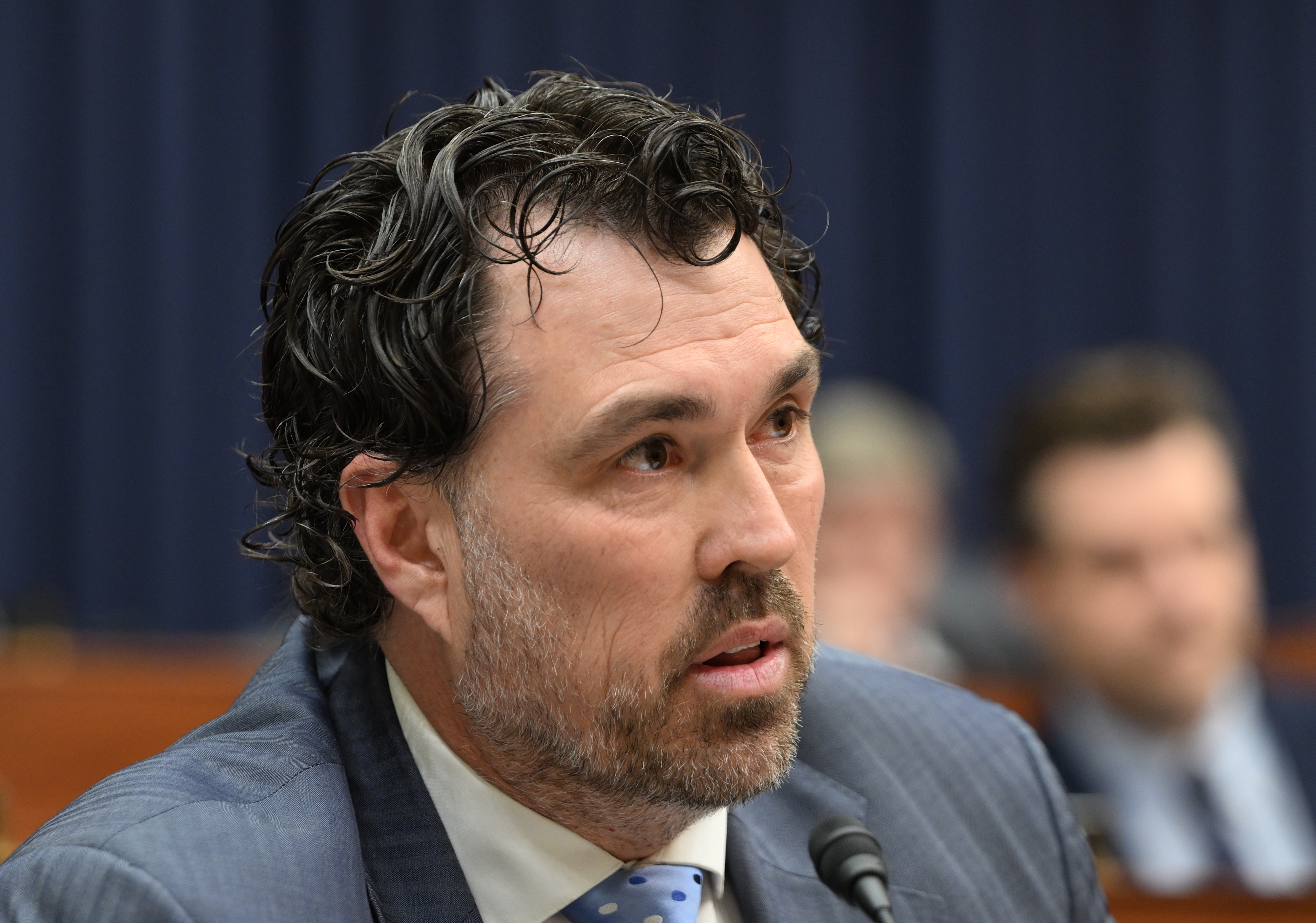$100K Saved at 33: How She Did It (And You Can Too!)
From $15/Hour to $100K Saved: One Woman's Financial Journey
Introduction: The Unexpected Road to Financial Stability
Financial success doesn't always look like a straight line. Sometimes, it's a winding road filled with unexpected turns and hard-earned lessons. Take Sarah Myers, for example. This 33-year-old, who went from earning a modest $15 an hour to amassing over $100,000 in savings, proves that dedication and smart financial choices can make a huge difference. But, like many of us, she still yearns for that extra layer of security. Let's dive into her story and see what we can learn!
Sarah's Story: From Seasonal Worker to Saver
Sarah Myers has had a sometimes-challenging financial trajectory.
The 33-year-old works as a forester in federal land management and lives in Hot Springs, South Dakota. But the job requires years of seasonal work to be eligible for full-time positions, which Myers took on from 2013 to 2017.
“I was making about $15 an hour,” she says, adding that, “any leave that you accumulate might get paid out at the end of the season, so you’re trying to not take any leave and bank that, just so you have a little bit of money to help you move” to the next location.
Myers finally landed a permanent position in 2018. And after overtime pay, she made $92,100 in 2024.
Despite years of low pay, Myers currently has more than $100,000 across her various savings and retirement accounts. Here’s how she manages that money.
The Early Years: Scrapping By and Saving Every Penny
Those early years were tough. Earning $15 an hour meant every penny counted. Sarah quickly learned the value of budgeting and prioritizing needs over wants. Can you relate to that feeling of meticulously tracking every expense? It's a crucial skill for building a strong financial foundation.
Landing the Dream Job: A Turning Point
The permanent position in 2018 was a game-changer. Suddenly, Sarah had a stable income and the opportunity to really start saving and investing. This is where the power of perseverance truly shines through.
Savings Strategy: A Peek Inside Sarah's Portfolio
So, how did Sarah accumulate such a substantial nest egg? Let's break down her savings strategy.
Checking and Savings Accounts: The Foundation
As of February, Myers has about $11,000 in her checking and savings accounts. She keeps at least $1,000 in her checking account to cover any small emergencies. Most of her savings are stashed in high-yield savings accounts.
Retirement Accounts: Building Long-Term Wealth
She has about $53,000 in her Roth IRA and another $21,000 in her Thrift Savings Plan, a retirement savings plan for government employees. She is able to contribute the maximum amount allowed to her Roth IRA each year.
Brokerage Accounts: Exploring Investment Opportunities
Myers also has about $20,000 in her brokerage account. She primarily invests in exchange-traded funds, or ETFs, that track the S&P 500, and individual stocks.
Investment Philosophy: Playing the Long Game
Sarah's investment approach is all about the long game. She's not chasing quick wins or get-rich-quick schemes. Instead, she's focused on consistent contributions and diversified investments. This is a cornerstone of successful investing.
The Power of ETFs: Diversification Made Easy
ETFs are a great way to diversify your portfolio without having to pick individual stocks. By tracking the S&P 500, Sarah's ETFs give her exposure to a broad range of companies, reducing risk.
Strategic Stock Picks: Learning and Growing
While ETFs form the core of her portfolio, Sarah also dabbles in individual stocks. This allows her to learn about specific companies and industries, while still maintaining a diversified approach.
Financial Goals: What's Next for Sarah?
Achieving $100,000 in savings is a major milestone, but Sarah isn't stopping there. What are her financial goals for the future?
The 'Safety Net' Factor: Addressing Concerns
Despite her impressive savings, Sarah expresses a desire for a larger "safety net." This is a common sentiment, especially in today's uncertain economic climate. How much is enough? It's a personal question, but having a well-funded emergency fund is crucial.
Future Investments: Real Estate and Beyond?
Sarah may be considering investing in real estate or other assets in the future. Diversifying beyond stocks and bonds can be a smart way to grow wealth and protect against inflation.
Lessons Learned: Key Takeaways from Sarah's Journey
What can we learn from Sarah's financial journey? Here are a few key takeaways:
- Start saving early: Even small amounts can add up over time.
- Budget and track your expenses: Knowing where your money is going is essential.
- Invest for the long term: Don't try to time the market; focus on consistent contributions.
- Diversify your investments: Don't put all your eggs in one basket.
- Build an emergency fund: Having a safety net can help you weather unexpected financial storms.
Overcoming Financial Challenges: Staying Resilient
Sarah's story isn't just about success; it's also about overcoming challenges. How did she stay motivated during those years of low pay? What strategies did she use to manage her finances?
The Mindset of a Saver: Discipline and Determination
Developing a savings mindset requires discipline and determination. It's about making conscious choices and prioritizing long-term financial goals over immediate gratification. It is the same as training a muscle.
Seeking Financial Advice: When to Ask for Help
Knowing when to seek financial advice is a sign of strength, not weakness. A financial advisor can help you create a personalized plan and stay on track to achieve your goals.
Conclusion: Your Financial Journey Starts Now
Sarah's story is a powerful reminder that financial success is achievable, regardless of your starting point. It's about making smart choices, staying disciplined, and playing the long game. So, what are you waiting for? Start your financial journey today!
Frequently Asked Questions (FAQ)
- 1. How much should I have in my emergency fund?
- Most experts recommend having 3-6 months' worth of living expenses in an easily accessible emergency fund.
- 2. What is a Roth IRA and why is it beneficial?
- A Roth IRA is a retirement account where you contribute after-tax dollars, but your earnings grow tax-free and withdrawals in retirement are also tax-free.
- 3. What are ETFs and how do they work?
- ETFs (Exchange Traded Funds) are baskets of stocks that track a specific index, sector, or commodity. They offer diversification and can be bought and sold like individual stocks.
- 4. How can I create a budget if I'm not good with numbers?
- There are many budgeting apps and tools available that can automate the process and make it easier to track your income and expenses. You can also use a simple spreadsheet.
- 5. What should I do if I have a lot of debt?
- Prioritize paying off high-interest debt first. Consider debt consolidation or seeking help from a credit counseling agency.


